- Clone
- OX-35 (See other available formats)
- Regulatory Status
- RUO
- Other Names
- L3T4, T4
- Isotype
- Mouse IgG2a, κ
- Ave. Rating
- Submit a Review
- Product Citations
- publications
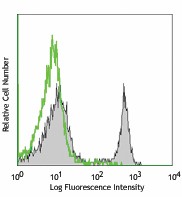
-

LOU rat splenocytes stained with OX-35 FITC
CD4, also known as T4, is a 55kD glycoprotein member of the immunoglobin superfamily and is expressed on majority of thymocytes, macrophages, and a peripheral T cell subset (T helper cells). CD4 is a T cell co-receptor that interacts with the MHC class II molecule and is involved in T cell activation.
Product DetailsProduct Details
- Verified Reactivity
- Rat
- Antibody Type
- Monoclonal
- Host Species
- Mouse
- Immunogen
- MLR generated rat T helper lymphocytes
- Formulation
- Phosphate-buffered solution, pH 7.2, containing 0.09% sodium azide.
- Preparation
- The antibody was purified by affinity chromatography, and conjugated with FITC under optimal conditions.
- Concentration
- 0.5 mg/ml
- Storage & Handling
- The antibody solution should be stored undiluted between 2°C and 8°C, and protected from prolonged exposure to light. Do not freeze.
- Application
-
FC - Quality tested
- Recommended Usage
-
Each lot of this antibody is quality control tested by immunofluorescent staining with flow cytometric analysis. For flow cytometric staining, the suggested use of this reagent is ≤1.0 µg per million cells in 100 µl volume. It is recommended that the reagent be titrated for optimal performance for each application.
- Application Notes
-
The OX-35 antibody has been shown to bind a different CD4 epitope than the W3/25 and OX-38 antibodies. Additional reported applications (for the relevant formats) include: immunohistochemical staining2.
-
Application References
(PubMed link indicates BioLegend citation) -
- May E, et al. 2003. J. Immunol. 170:1099.
- Hansson AS, et al. 1999. J. Clin. Invest. 104:589. (IHC)
- Product Citations
-
- RRID
-
AB_1501180 (BioLegend Cat. No. 203305)
Antigen Details
- Structure
- Ig superfamily, 55 kD
- Distribution
- Majority of thymocytes, T cell subset
- Function
- TCR co-receptor, T cell activation
- Ligand/Receptor
- MHC class II molecule
- Cell Type
- Thymocytes, T cells
- Biology Area
- Immunology
- Molecular Family
- CD Molecules
- Antigen References
-
1. May E, et al. 2003. J. Immunol. 170:1099.
2. Hansson AS, et al. 1999. J Clin Invest. 104:589 - Gene ID
- 12504 View all products for this Gene ID
- UniProt
- View information about CD4 on UniProt.org
Related FAQs
Other Formats
View All CD4 Reagents Request Custom Conjugation| Description | Clone | Applications |
|---|---|---|
| FITC anti-rat CD4 (domain 2) | OX-35 | FC |
| PE anti-rat CD4 (domain 2) | OX-35 | FC |
| Alexa Fluor® 647 anti-rat CD4 (domain 2) | OX-35 | FC |
Customers Also Purchased
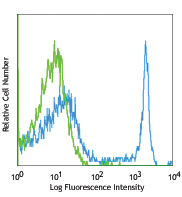
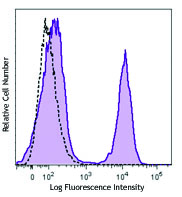
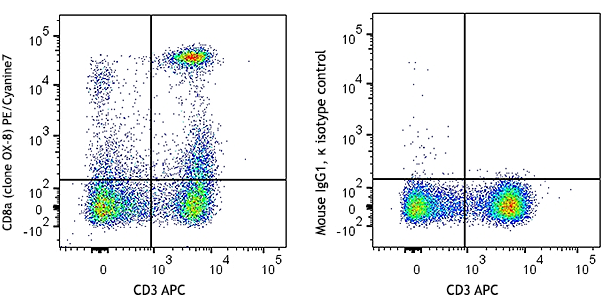
Compare Data Across All Formats
This data display is provided for general comparisons between formats.
Your actual data may vary due to variations in samples, target cells, instruments and their settings, staining conditions, and other factors.
If you need assistance with selecting the best format contact our expert technical support team.
-
FITC anti-rat CD4 (domain 2)
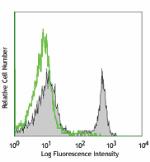
LOU rat splenocytes stained with OX-35 FITC -
PE anti-rat CD4 (domain 2)
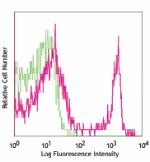
LOU rat splenocytes stained with OX-35 PE -
Alexa Fluor® 647 anti-rat CD4 (domain 2)

LOU rat splenocytes stained with OX-35 Alexa Fluor® 647










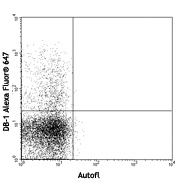



Follow Us